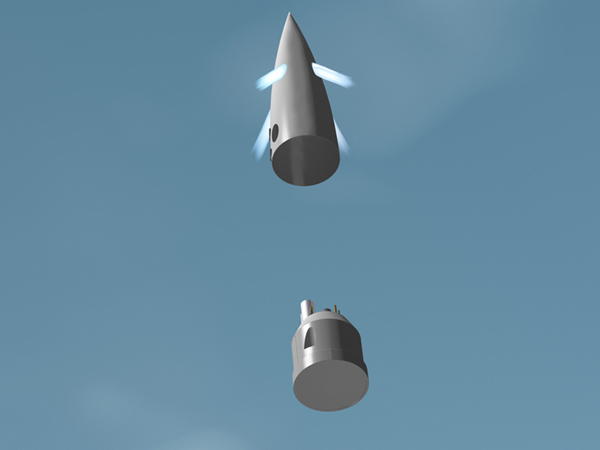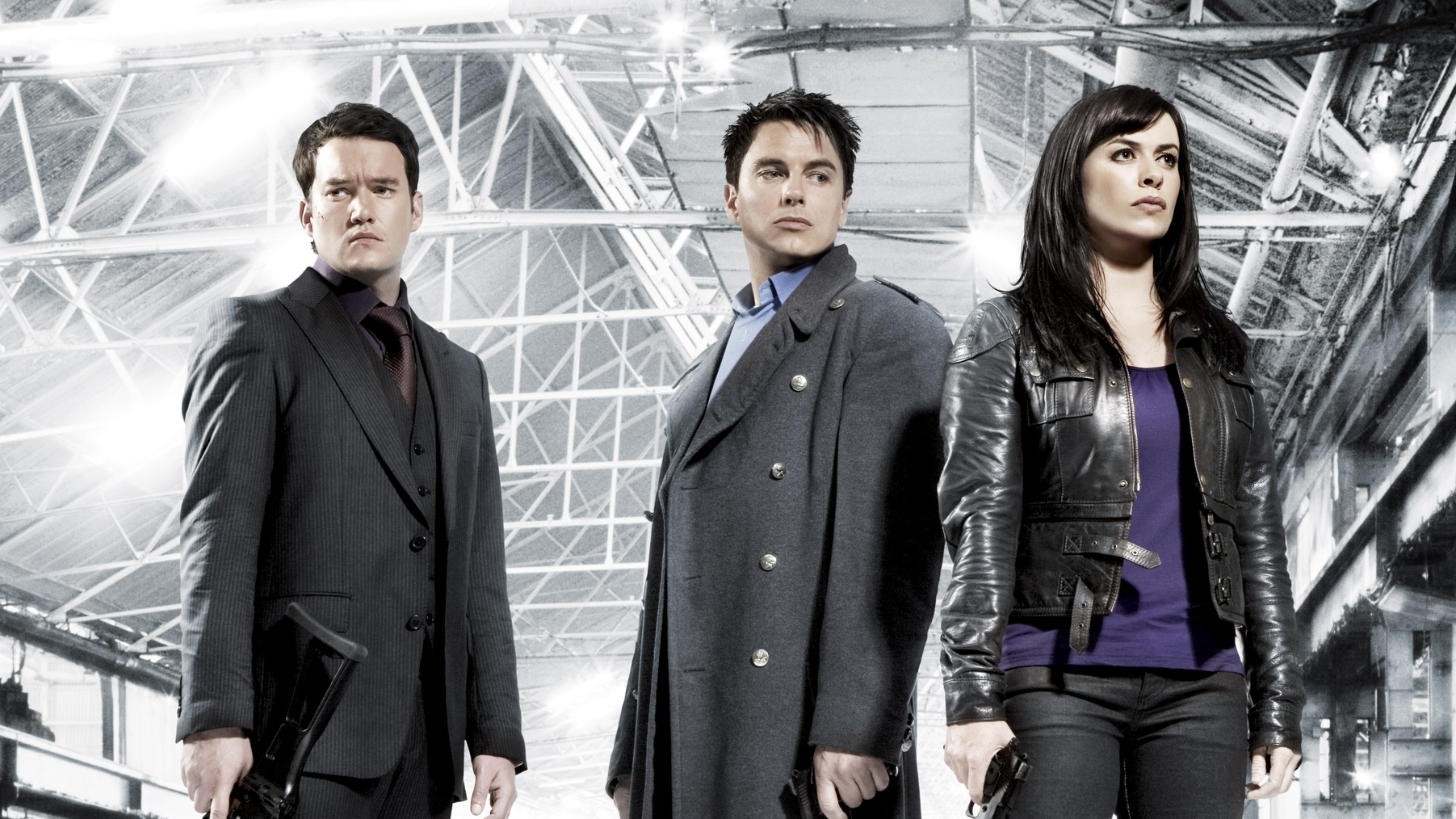Canadian Ansari X Prize Entrant Takes the Plunge in Test

A Canadian team of rocketeers has moved one step closer tolaunching its own manned spacecraft with the successful parachute drop test of acrew capsule today.
The backers of Canadian Arrow, a rocket entry in the $10 millionAnsari X Prize competition, watched happily as their crew compartment drifteddown into Lake Ontario.
"Today totally proves our Canadian Arrow design," saidGeoff Sheerin, leader of the London, Ontario-based Arrow's bid for the X Prize."It went really well and everything worked as it should."
Sheerin's group is one of more than two dozen teamscompeting for the X Prize, an international competition to build and fly areusable three-person spacecraft twice in two weeks. Competing spacecraft mustto reach an altitude of at least 62 miles (100 kilometers) above Earth toqualify for the $10 million purse and X Prize trophy.
Sheerin said his group is now about $2 millionin funding away from putting Canadian Arrow on the launch pad. The group has spentabout $5 million from sponsors and volunteers -- including man-hours -- to develop theirvehicle, he added.
"We're still looking for a title sponsor," Sheerin said.
Anice drop
A helicopter dropped the crew capsule, equipped withinstruments and cameras, from an altitude of about 9,000 feet (2,743 meters)about two miles (3 kilometers) offshore in Lake Ontario at about 9:00 a.m. EDT(1300 GMT).
Breaking space news, the latest updates on rocket launches, skywatching events and more!
Shortly afterward, the crew compartment let loose its64-foot (9.1-meter) parachute and slowed its descent. It took between six andseven minutes to reach the water.
"The parachute came out fine and there was no swaying,"Sheerin told SPACE.com after the drop test.
Arrow designers were concerned the compartment would tumbleduring descent and possibly tangle itself in the parachute lines. But while thatconcern was allayed, there was a brief moment when the capsule's parachutecaught on an unexpected patch of air.
"It hit a section of air and started moving toward theshore," Sheerin said. "But after a few moments, it began to head back outagain."
A team of London-based divers greeted the Arrow's crew compartment, and prepared it to be towed back to the National Yacht Club.
Flighttests ahead
The successful drop tests paves the way for a series offlight tests for Canadian Arrow in upcoming months, starting with a launch padabort and leading up to an eventual manned launch, team members said.
The first abort test is designed to prove its escape system,which uses rockets to pull the crew compartment clear of its booster during alaunch pad emergency. Other flights include an abort at about 30,000 feet(9,144 meters) with both crew capsule and booster, and a high-altitude aborttest that would reach space.
"I think we can do all that in the next four or five months,"Sheerin said.
Since Canadian Arrow is designed to launch off abarge, team members are scouting areas around the Great Lakes region, specificallyLake Huron and Georgia Bay regions, as potential launch sites for poweredflights.
Meanwhile, Canadian Arrow's astronaut team has been hard atwork writing a training program that they, and hopefully passengers, will useto prepare for suborbital flights, Sheerin said.
The team is also shifting its London-based space center intoa new facility built specifically for the Canadian Arrow effort.
"This test isn't over yet," Sheerin said of today's drop test. "We still have to show we can dry these parachutes and pack them under two weeks."

Tariq is the award-winning Editor-in-Chief of Space.com and joined the team in 2001. He covers human spaceflight, as well as skywatching and entertainment. He became Space.com's Editor-in-Chief in 2019. Before joining Space.com, Tariq was a staff reporter for The Los Angeles Times covering education and city beats in La Habra, Fullerton and Huntington Beach. He's a recipient of the 2022 Harry Kolcum Award for excellence in space reporting and the 2025 Space Pioneer Award from the National Space Society. He is an Eagle Scout and Space Camp alum with journalism degrees from the USC and NYU. You can find Tariq at Space.com and as the co-host to the This Week In Space podcast on the TWiT network. To see his latest project, you can follow Tariq on Twitter @tariqjmalik.
